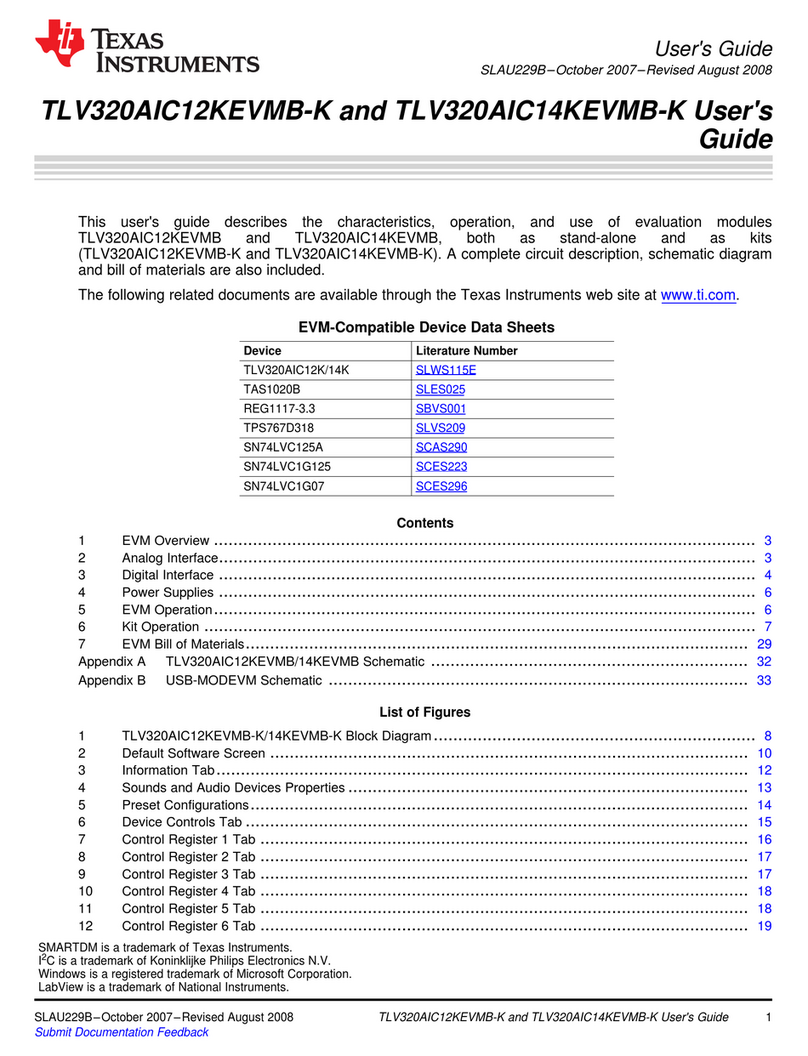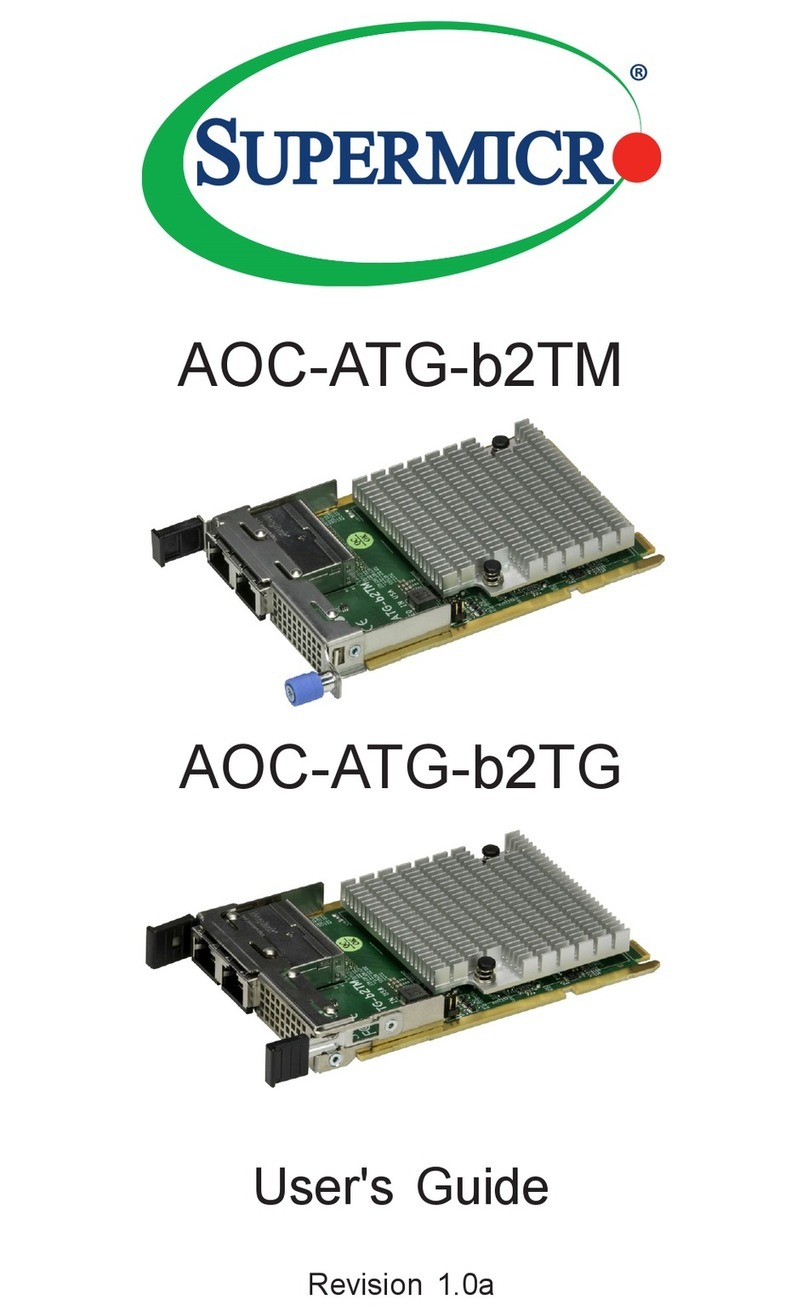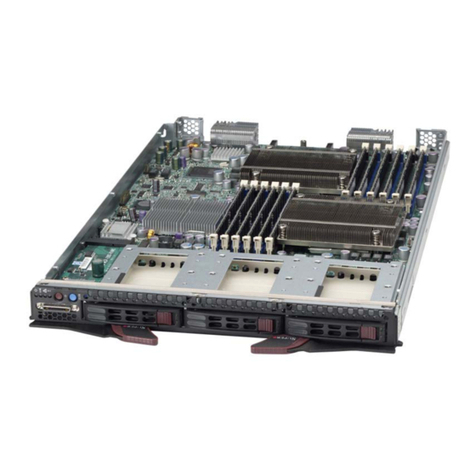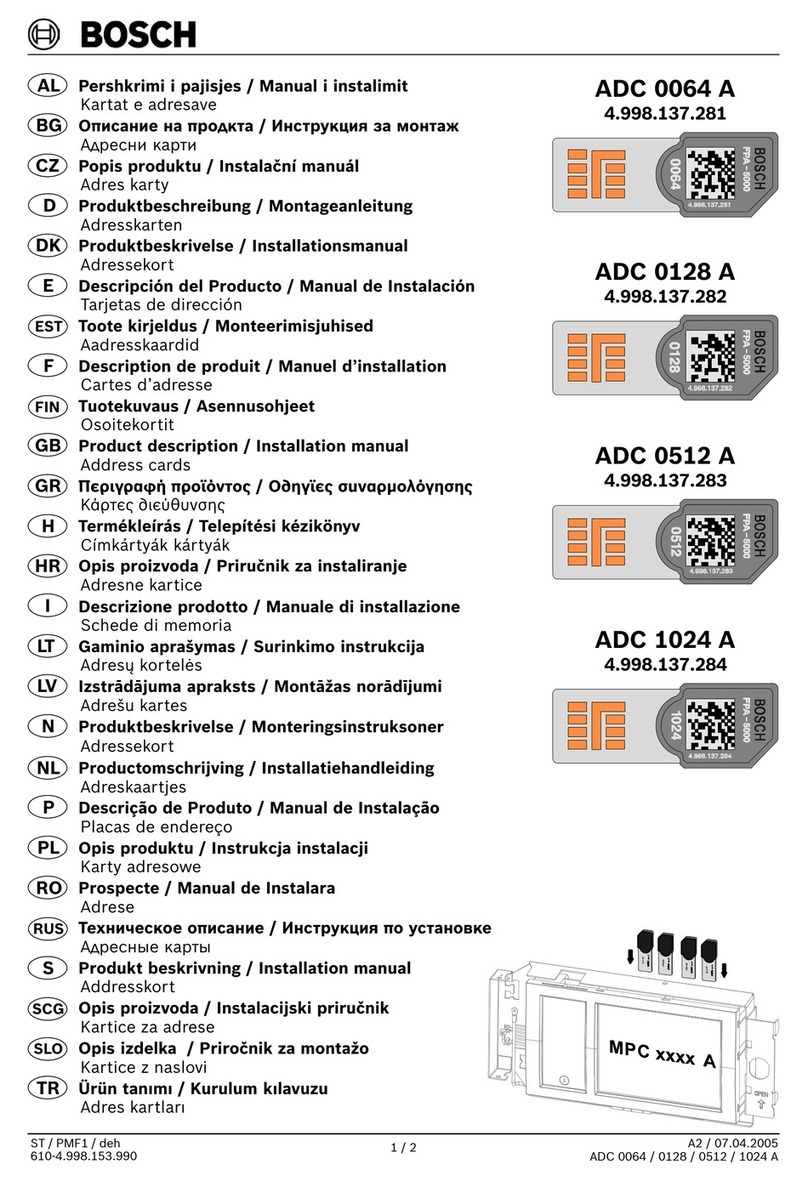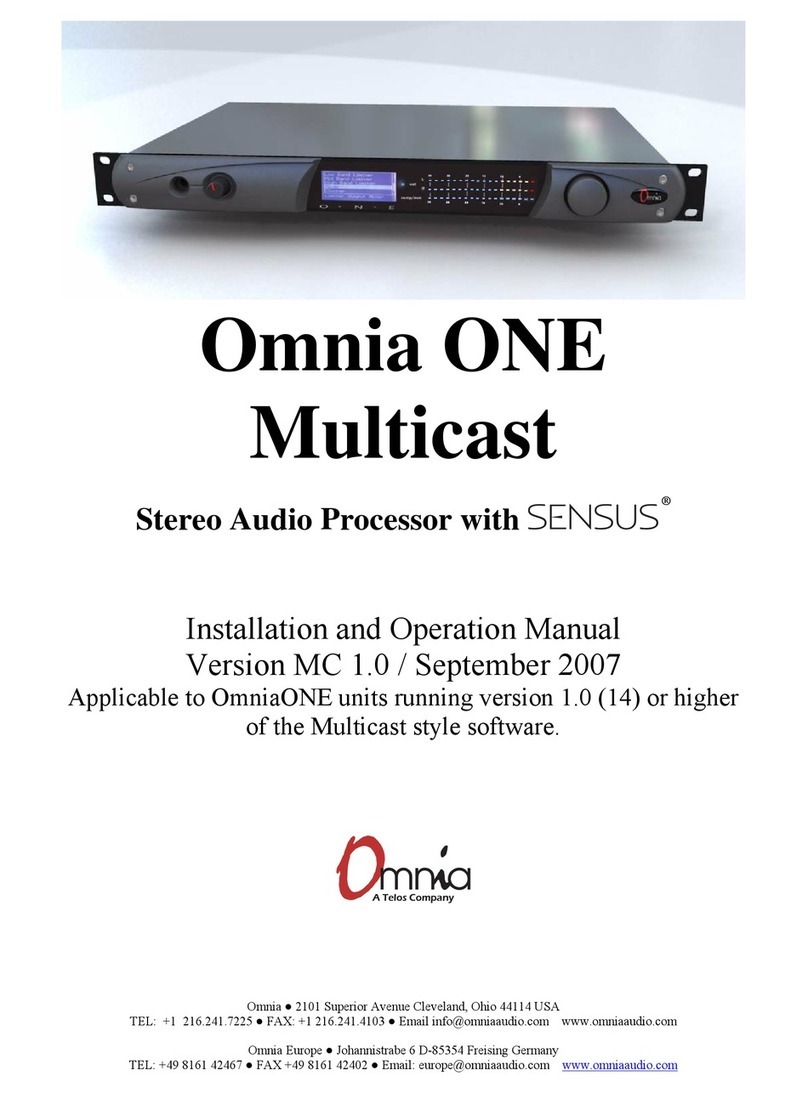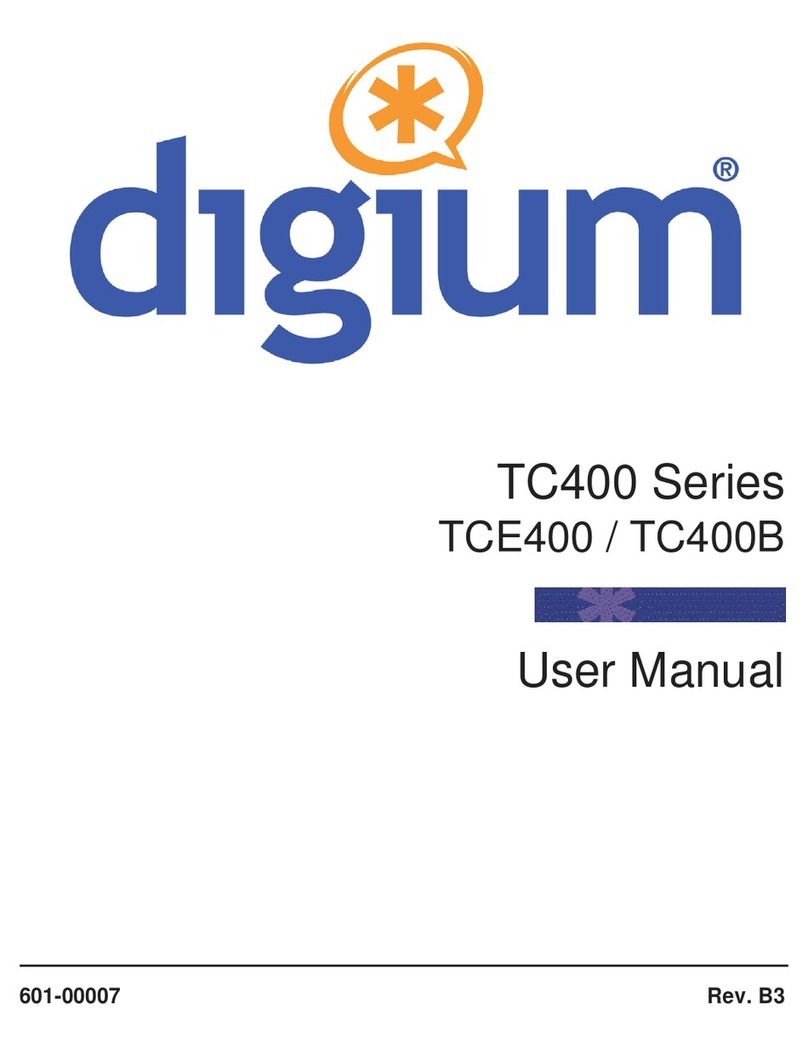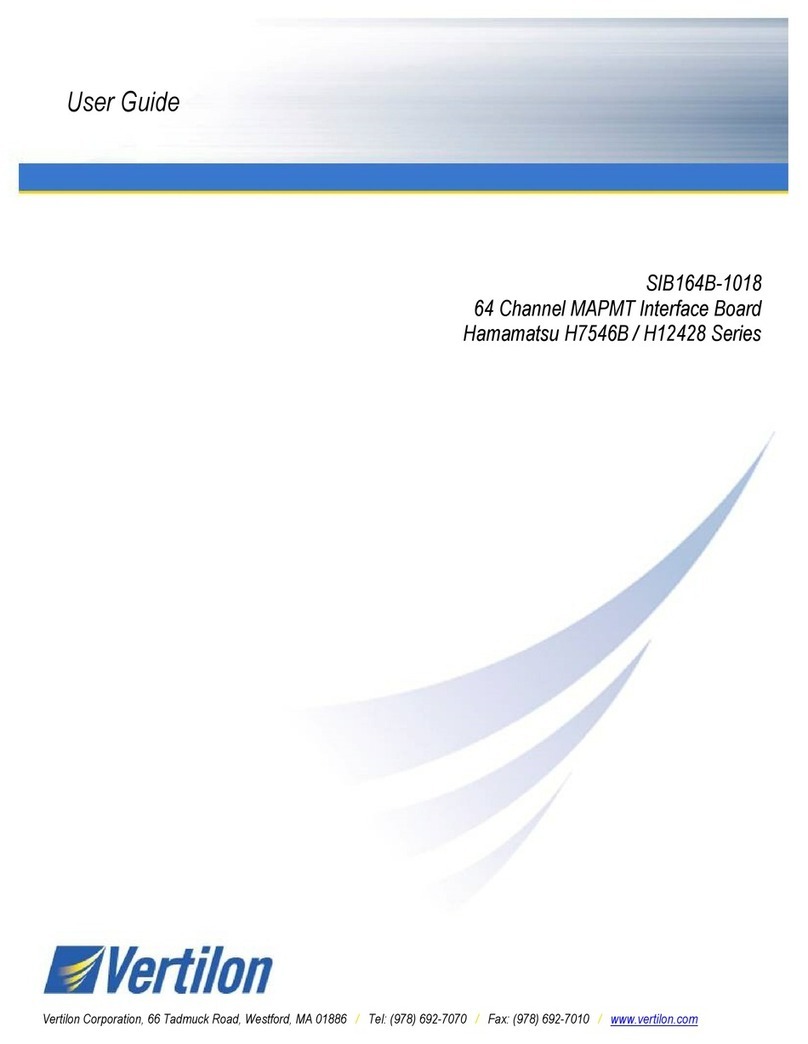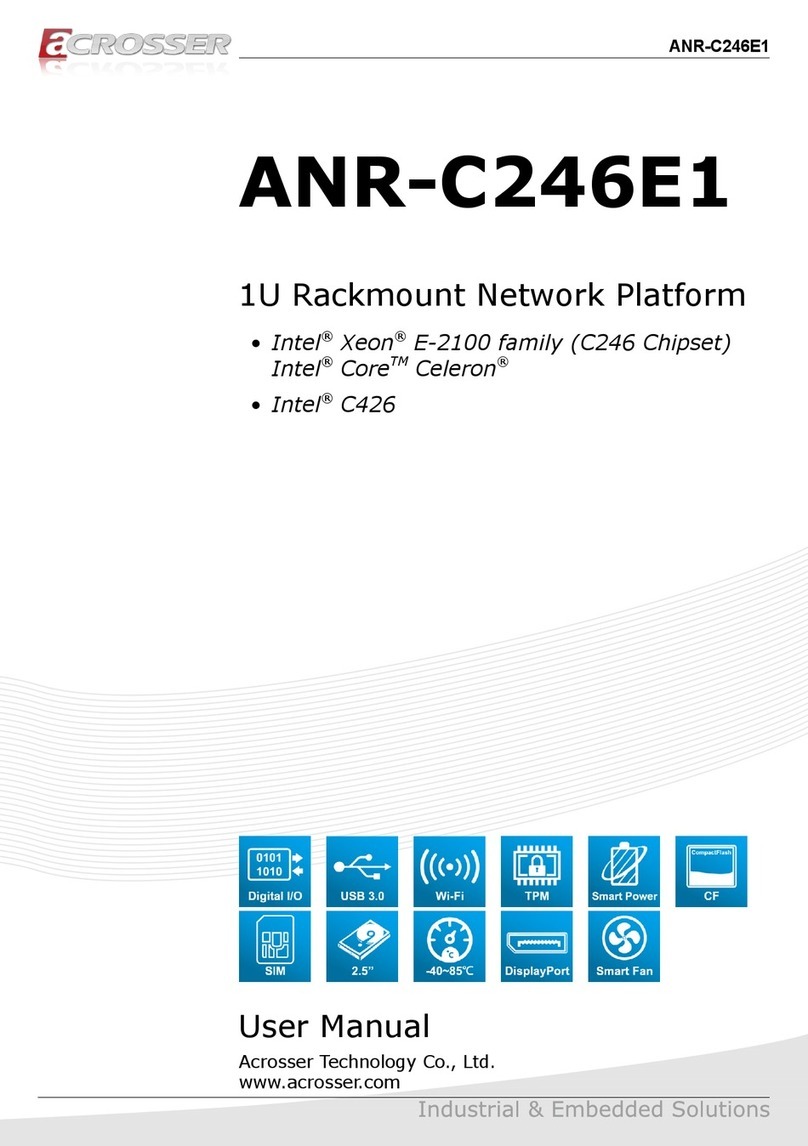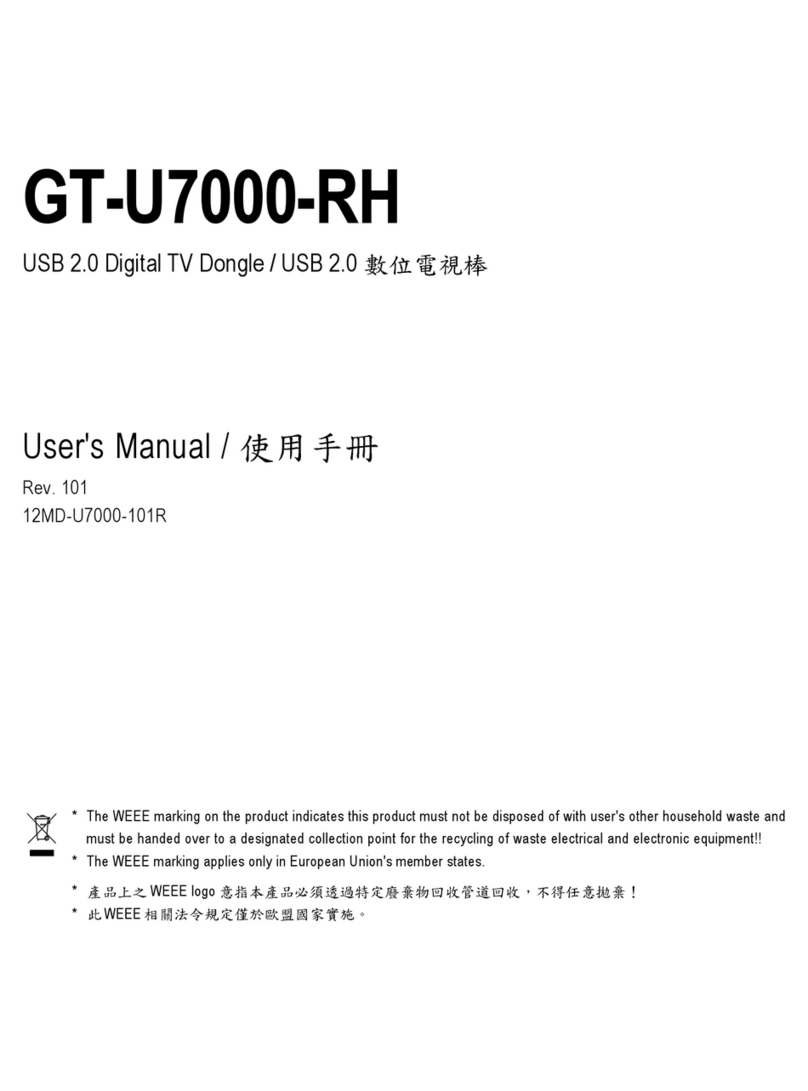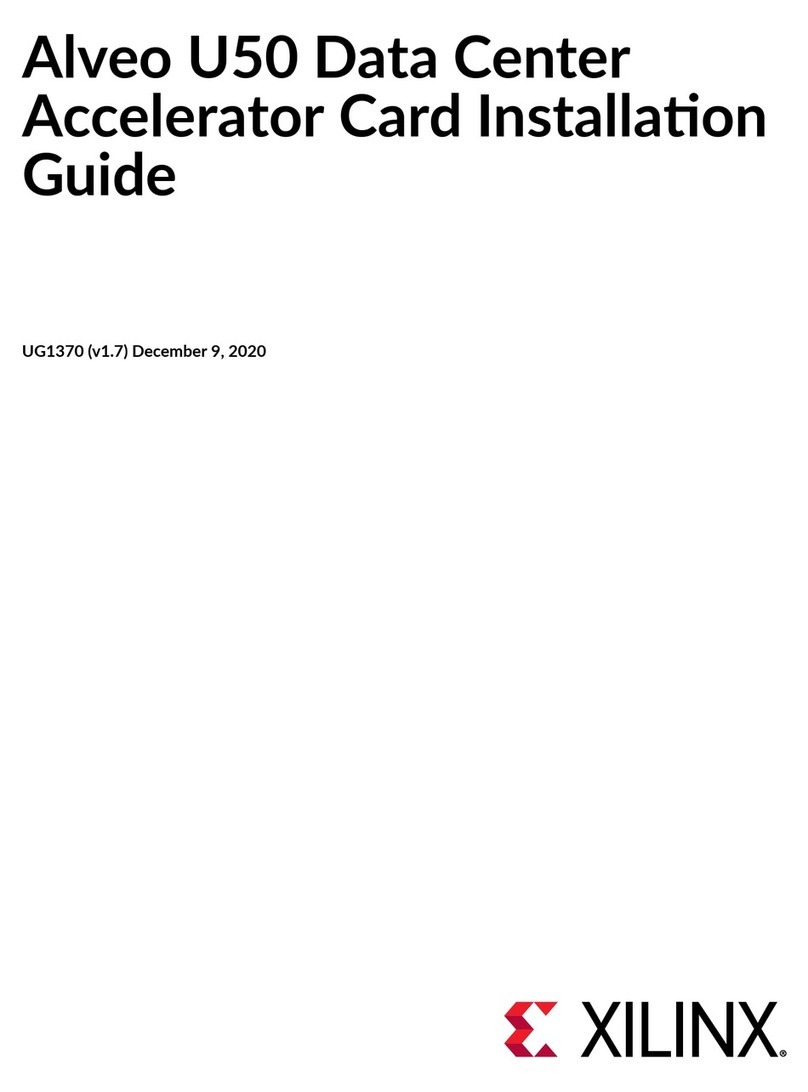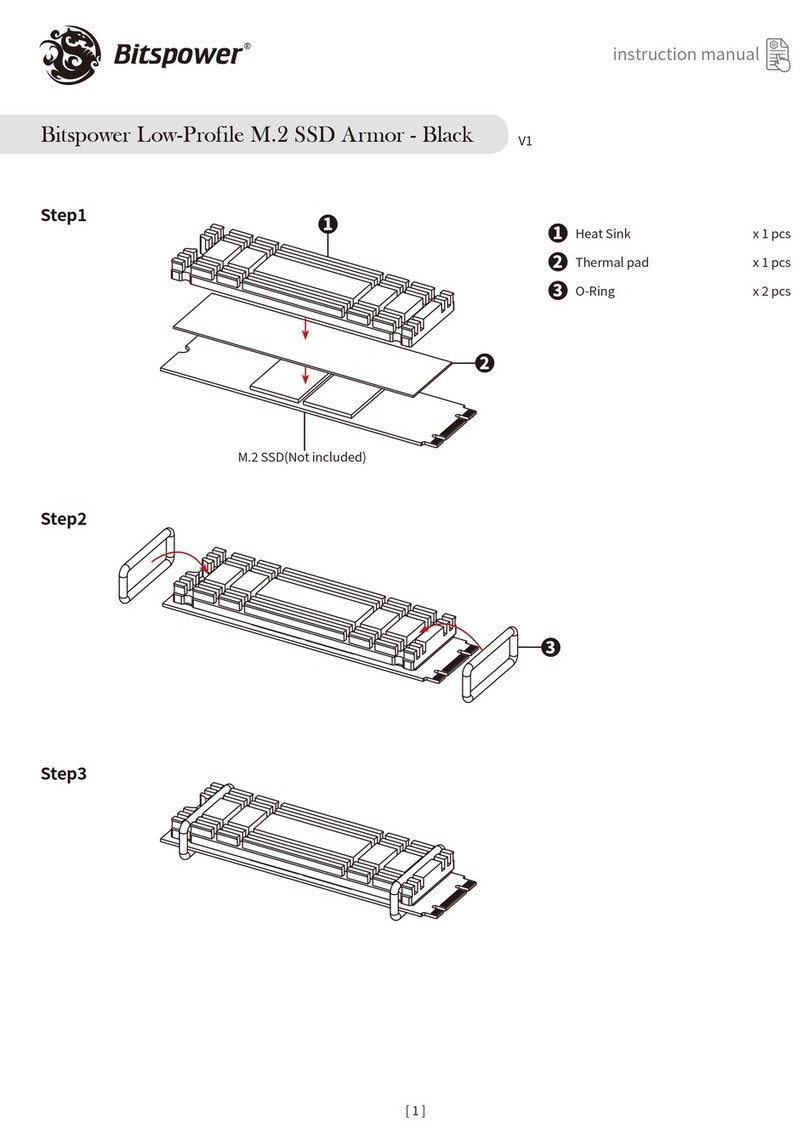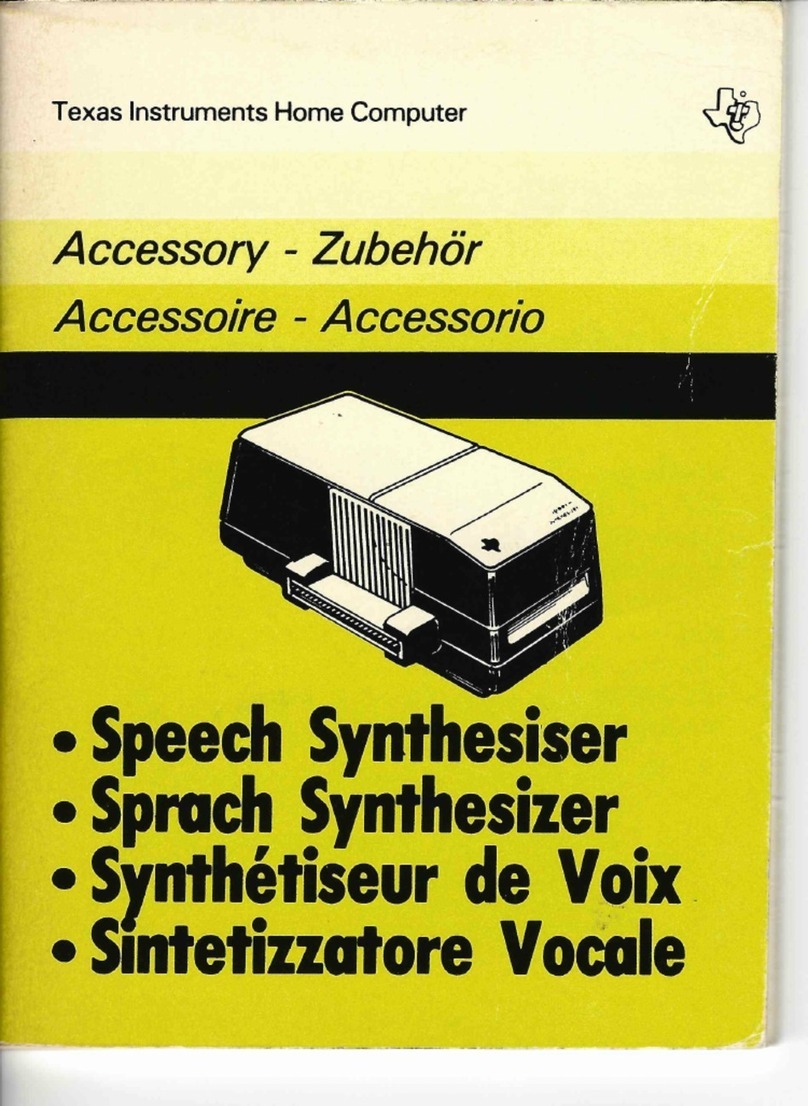Gemotech RemoDAQ-8000 Series User manual

V1.1 2010.2.2
RemoDAQ-8054
User’s Manual
Beijing Gemotech Intelligent Technology Co.,Ltd

RemoDAQ-8054 User’s Manual
Copyright Notice
This document is copyrighted, 2005, by Beijing
Gemotech Intelligent Technology Co.,Ltd
All rights are reserved. Beijing Gemotech Intelligent
Technology Co. ,Ltd reserves the right to make
improvements to the products described in this manual at any
time without notice.
No part of this manual may be reproduced, copied,
translated or transmitted in any form or by any means without
the prior written permission of Beijing Gemotech Intelligent
Technology Co.,Ltd. Information provided in this manual is
intended to be accurate and reliable. However, Beijing
Gemotech Intelligent Technology Co.,Ltd assumes no
responsibility for its use, or for any infringements upon the
rights of third parties, which may result from its use.
Acknowledgments
RemoDAQ is a trademark of Beijing Gemotech
Intelligent Technology Co.,Ltd.
Edition 1.1
Feb. 2009
1

RemoDAQ-8054 User’s Manual
Additional Information and Assistance
1. Visit the gemotech websites at www. gemotech. cn
where you can find the latest information about the product.
2. Contact your distributor, sales representative, or
gemotech 's customer service center for technical support if
you need additional assistance. Please have the following
information ready before you call:
zProduct name and serial number
zDescription of your peripheral attachments
zDescription of your software (operating system,
version,application software, etc.)
zA complete description of the problem
zThe exact wording of any error messages
2

RemoDAQ-8054 User’s Manual
Table of Contents
..............................................................................................41 Introduction
..............................................41.1 PinAssignment & Specifications
...........................................................................51.2 Block Diagram
....................................................................51.3 Application Wiring
...........................................................................61.4 Default Setting
1.5 Jumper Setting............................................................................6
..................................................................................61.6 Install List
......................................................................72 Initialization & Installation
.................................................................72.1 Installation Guideline
..................................................................72.2 Software Installation
...............................................82.3 Basic configuration and hook-up
..........................................................102.4 Baudrate and Checksum
.........................................................................................123 Command Set
....................................................................153.1 %AANNTTCCFF
........................................................................................173.2 $AA2
........................................................................................183.3 $AA6
........................................................................................193.4 $AAF
......................................................................................203.5 $AAM
........................................................................................213.6 @AA
3.7 ~AAO(Data).............................................................................22
3

RemoDAQ-8054 User’s Manual
1 Introduction
The RemoDAQ-8000 Series is a set of intelligent sensor to
computer interface modules containing built in microproces-
sor. They are remotely controlled through a simple set of
commands issued in ASCII format and transmitted in RS-485
protocol. They provide signal conditioning, isolation, ranging,
A/D and D/A conversion, data comparison, digital commun-
ication, timer/counter, wireless communication, collection
AC and other functions.
RemoDAQ-8054 is the 8-channel cable ON/OFF detecti-
on module that are used in telecommunications profession
specially, LED shows the ON/OFF state of 8-channel cable,
each channel has a LED state of instructing this road. When
cable shorts , LED OFF;When cable broken road, LED ON.
Its power supply also with other module is difference, for
44~58Vdc.
1.1 Pin Assignment & Specifications
Channel:8
Power:44V~58VDC
Power consumption:1.6W
Operating Temperature:-20 ~ 70° C
Humidity:5 ~ 95%, non-condensing
4

RemoDAQ-8054 User’s Manual
1.2 Block Diagram
1.3 Application Wiring
Dry Contact Input
5

RemoDAQ-8054 User’s Manual
1.4 Default Setting
zAddress:01
zBaudrate:9600 bps
zType:40
zChecksum disable
zJP1 disconnection:disconnection INIT* pin with the
GND pin,natural work mode
1.5 Jumper Setting
JP1:Select INIT* pin with the GND pin whether connect
Disconnection:Don’t connect INIT* pin with the GND pin
Connection:Connect INIT* pin with the GND pin
1.6 Install List
Baudrate Setting (CC)
Code 03 04 05 06 07 08
Baudrate 1200 2400 4800 9600 19200 38400
Type Setting (TT)
Type=40
Data format setting(FF)
7 6 5 4 3 2 1 0
0 *1 0
*
1:Checksum:0=Disabled 1=Enable
Read DIO data format
$AA6:(Data1)(Data2)
@AA Data:(Data1)(Data2)
Data1 Data2
RemoDAQ-8054 DI(0-7) 00 ~ FF 00 00
6

RemoDAQ-8054 User’s Manual
2 Initialization & Installation
2.1 Installation Guideline
Figure 2-1 Power Supply Connections
We advise that the following standard colors (as indicated
on the modules) be used for power lines:
+Vs (R) Red
GND (B) Black
We advice that the following standard colors (as indicated
on the modules) be used for the communication lines:
DATA+ (Y) Yellow
DATA- (G) Green
2.2 Software Installation
1. If you have already installed “RemoDAQ-8000 Utility”
then skip other steps.
2. Backup your software diskette.
3. Insert “RemoDAQ-8000 Utility” disc into CD-ROM:
4. Change drive to the path of CD-ROM. For example,
7

RemoDAQ-8054 User’s Manual
your drive of CD-ROM is F:then change the drive to F:
5. Find the setup of “RemoDAQ-8000 Utility” and run it.
6. Please follow the steps of setup program then you can
successfully install the RemoDAQ-8000 Utility
2.3 Basic configuration and hook-up
Before placing a module in an existing network, the
module should be configured. Though all modules are
initially configured at the factory, it is recommended to check
that the baud rate is set correctly.
Default Factory Settings
Baud rate:9600 Bit/sec.
Address:01 (hexadecimal)
Checksum:disable
The basic hook-up for module configuration is shown below.
Figure 2-2 Layout for Initialization the RemoDAQ module
The following items are required to configure a module:a
8

RemoDAQ-8054 User’s Manual
RemoDAQ
converter module, a personal computer with
RS-
232 port (baudrate set to 9600) and theRemoDAQ utility software.
Configuration with the RemoDAQ Utility Software
The easiest way to configure the RemoDAQ module is by
using the RemoDAQ utility software:an easy-to-use menu-
structured program will guide you through every step of the
configuration.
Configuration with the RemoDAQ command set
RemoDAQ modules can also be configured by issuing
direct commands from within a terminal emulation program
that is part of the RemoDAQ utility software.
The following example guides you through the setup of an
analog input module. Assume that RemoDAQ-8054 still has
its default settings (baud rate 9600 and address 01h). Before
the module is reconfigured, it is first requested to send its
default settings.
To change the configuration setting of the analog input
module, the following command is issued:
%0107400600(cr)
% = change configuration
01 = target module at address 00 to:
07 = change address to 07 hexadecimal
40 = set input range to Type 40
06 = set baud rate to 9600
00 = set integration time to 50 ms (60 Hz)
disable checksum
set data format to engineering units
9

RemoDAQ-8054 User’s Manual
(See Chapter 3, Command Set for a full description of the
syntax of the configuration command for module)
When the module received the configuration command it will
respond with its new address:!07(cr)
NOTICE:All reconfiguration except changing of baud rate
and checksum values can be done dynamically, i.e. the
modules need not to be reset. When changing the baud rate or
checksum, these changes should be made for all connected
devices. After reconfiguration, all modules should be
powered down and powered up to force a reboot and let the
changes take effect.
2.4 Baudrate and Checksum
RemoDAQ modules contain EEPROMs to store
configuration information and calibration constants. The
EEPROM replaces the usual array of switches and pots
required to specify baudrate, input/output range etc.
All of the RemoDAQ modules can be configured remotely
through their communication ports, without having to
physically alter pot or switch settings.
Forcing the module in the INIT* state does not change any
parameters in the module’s EEPROM. When the module is in
the INIT* state with its INIT* and GND terminals shorted, all
configuration settings can be changed and the module will
respond to all other commands normally.
Changing Baud rate and Checksum
10

RemoDAQ-8054 User’s Manual
Baud rate and checksum settings have several things in common
:
¾
They should be the same for all modules and host computer.
¾
Their setting can only be changed by putting a module in the
INIT* state.
¾Changed settings can only take effect after a module is rebooted
To alter baudrate or checksum settings you must perform the
following steps:
¾Power on all components except the RemoDAQ Module.
¾Power the RemoDAQ module on while shorting the
INIT* and GND terminals
¾Wait at least 7 seconds to let self calibration and ranging
take effect.
¾Configure the checksum status and/or the baud rate.
¾Switch the power to the RemoDAQ Module OFF.
¾Remove the grounding of the INIT* terminal and power
the module on.
¾Wait at least 7 seconds to let self calibration and ranging
take effect.
¾Check the settings (If the baud rate has changed, the
settings on the host computer should be changed
accordingly.)
11

RemoDAQ-8054 User’s Manual
3 Command Set
Introduction
To avoid communication conflicts when several devices try
to send data at the same time, all actions are instigated by the
host computer. The basic form is a command/response
protocol with the host initiating the sequence.
When modules are not transmitting they are in listen mode.
The host issues a command to a module with a specified
address and waits a certain amount of time for the module to
respond. If no response arrives, a timeout aborts the sequence
and returns control to the host.
Changing RemoDAQ’s configuration might require the
module to perform auto calibration before changes can take
effect. Especially when changing the range, the module has to
perform all stages of auto calibration that it also performs
when booted. When this process is under way, the module
does not respond to any other commands.
The command set includes the exact delays that might
occur when modules are reconfigured.
Syntax
[delimiter character][address][command][data][checksum]
[carriage return]
Every command begins with a delimiter character. There
are four valid characters:a dollar sign $, a pound sign #, a
percentage sign % and an at sign @.
12

RemoDAQ-8054 User’s Manual
The delimiter character is followed by a two-character
address (hexadecimal) that specifies the target module. The
actual two-character command follows the address.
Depending on the command, an optional data segment
follows the command string. An optional two character
checksum may be appended to the total string. Every
command is terminated by a carriage return (cr).
Calculate Checksum:
1. Calculate ASCII sum of all characters of command(or
response) string except the character return(cr).
2. Mask the sum of string with 0ffh.
Example:
Command string:$012(cr)
Sum of string=‘$’+‘0’+‘1’+‘2’=24h+30h+31h+32h=B7h
The checksum is B7h,and [CHK] = “B7”
Command string with checksum:$012B7(cr)
Response string:!01200600(cr)
Sum of string:‘!’+‘0’+‘1’+‘2’+‘0’+‘0’+‘6’+‘0’+‘0’
=1h+30h+31h+32h+30h+30h+36h+30h+30h=1AAh
The checksum is AAh,and [CHK] = “AA”
Response string with checksum:!01200600AA(cr)
13

RemoDAQ-8054 User’s Manual
General Command Sets
Command Syntax Command Name Command Description Notes
%AANNTTCCFF Configuration
Sets the address,input range, 3.1
baudrate,dataformat,checksum status
Return the configuration
$AA2 Configuration status 3.2
parameters for the module
Returns the values of the digital I/O
channel in the addressed module
$AA6 Digital I/O value 3.3
$AAF Return the firmware version code 3.4Read firmware version
$AAM Read module name Return the module name 3.5
Returns the status of the digital I/O
channel in the addressed module.
@AA Dight I/O status 3.6
~AAO(data) Set module name Return correct or error 3.7
14

RemoDAQ-8054 User’s Manual
3.1 %AANNTTCCFF
Name:Configuration
Description:Sets address, type code, baudrate, data format
Syntax:%AANNTTCCFF(cr)
% delimiter character.
AA address of setting module (00-FF)
NN New address (00-FF)
TT New type
CC New baudrate
FF New data format
When changing baudrate or checksum, we should INIT* termination land.
7 6 5 4 3 2 1 0
Notused
Figure 3-1 Data format setting of AI modules
Response:!AA(cr) if the command was valid.
?AA(cr) if an invalid operation was entered. If
the INIT* terminal was not grounded when attempting
to change baud rate or checksum settings.
Syntax error or communication error may get no response.
! command is valid.
Checksum status
0:Disable
1:Enable
15

RemoDAQ-8054 User’s Manual
? command is invalid.
AA address of setting module (00-FF)
(cr) is the terminating character, carriage return (0Dh)
Example:
Command:%0102400600(cr) Response:!02(cr)
Change address from 01 to 02,type 40 , baud rate 9600,
integration time 50 ms (60 Hz), engineering units data format
and no checksum checking or generation.
The response indicates that the command was received.
Table 3-1 Input Rang Codes (Type Code)
TT=40
Table 3-2 Baudrate Code
Code 03 04 05 06 07 08
Baudrate 1200 2400 4800 9600 19200 38400
16

RemoDAQ-8054 User’s Manual
3.2 $AA2
Name:Configuration Status
Description:The command requests the return of the configuration
data from the analog input module at address AA.
Syntax:$AA2(cr)
$ delimiter character.
AA address of reading module(00~FF)
2 the Configuration Status command.
(cr) the terminating character, carriage return (0Dh).
Response:!AATTCCFF(cr) if the command is valid.
?AA(cr)if an invalid operation was entered.
Syntax error or communication error may get no response.
! command is valid.
? command is invalid.
AA address of module(00~FF)
TT represents the type code.
CC represents the baud rate code.
FF data format
(Also see the %AANNTTCCFF configuration command)
Example:
Command:$012 Response:!01400600
Read address 01 configuration,return success.
17

RemoDAQ-8054 User’s Manual
3.3 $AA6
Name:Read Digital I/O Value
Description:Asks a specified input module to return the
status of the digital I/O channel.
Syntax:$AA6 (cr)
$ delimiter character.
AA address of reading module(00~FF)
6 read digital I/O statues command.
(cr) is the terminating character, carriage return (0Dh).
Response:!(data)(cr) if the command is valid.
?AA(cr) if an invalid operation was entered.
Syntax error or communication error may get no response.
! command is valid.
? command is invalid.
data digital input/output value
Example:
Command:$016 Response:!0F0000
Read address 01 DIO state,return 0F0000
18

RemoDAQ-8054 User’s Manual
3.4 $AAF
Name:Read Firmware Version
Description:The command requests the module at address
AA to return the version code of its firmware.
Syntax:$AAF (cr)
$ delimiter character.
AA address of reading module(00~FF)
F identifies the version command.
(cr) is the terminating character, carriage return (ODh)
Response:!AA(data)(cr) if the command is valid.
?AA (cr) if an invalid command was issued.
Syntax error or communication error may get no response.
! command is valid.
? command is invalid.
AA address of response module(00~FF)
Data is the version code of the module’s firmware.
Example:
Command:$01F Receive:!0120051201
Read address 01 firmware version,return version 20051201
Command:$02F Receive:!0120040101
Read address 02 firmware version,return version 20040101
19
Table of contents
Popular Computer Hardware manuals by other brands
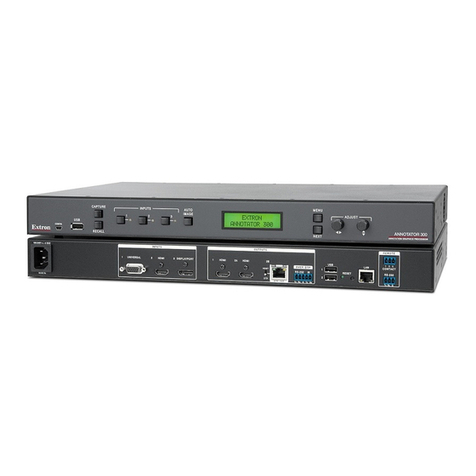
Extron electronics
Extron electronics Annotator 300 user guide

FDI
FDI UEZGUI-4357-70WVN user manual
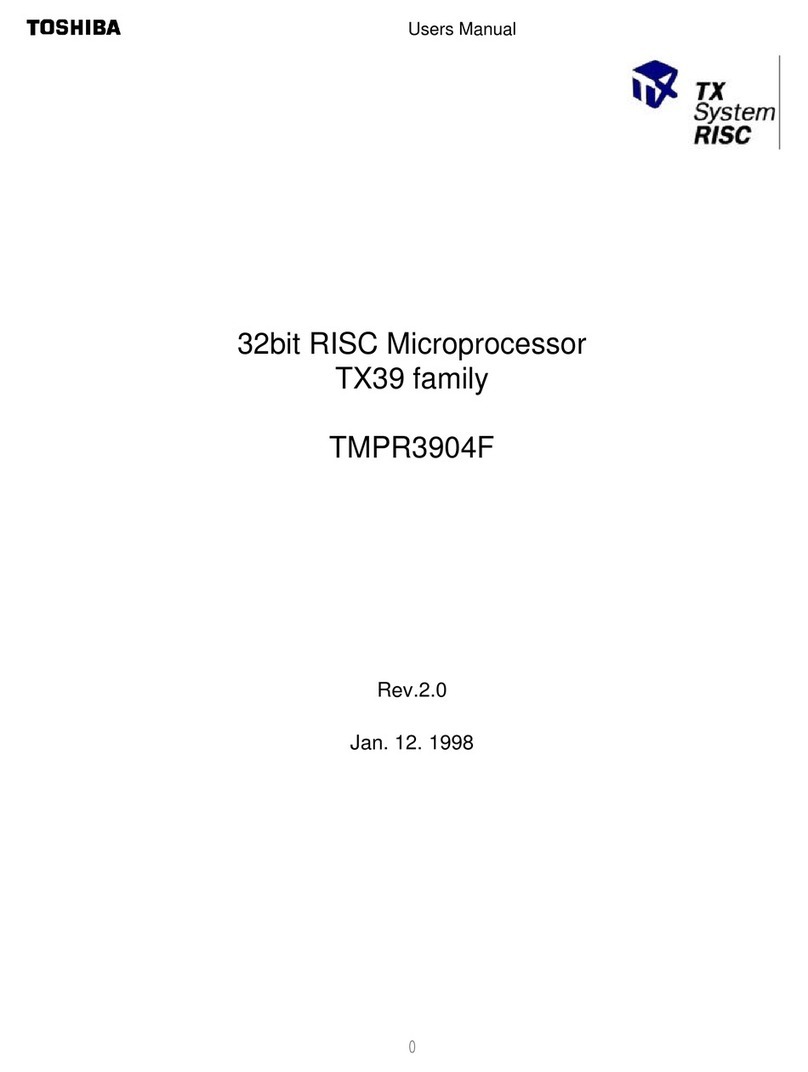
Toshiba
Toshiba TX39 Series user manual
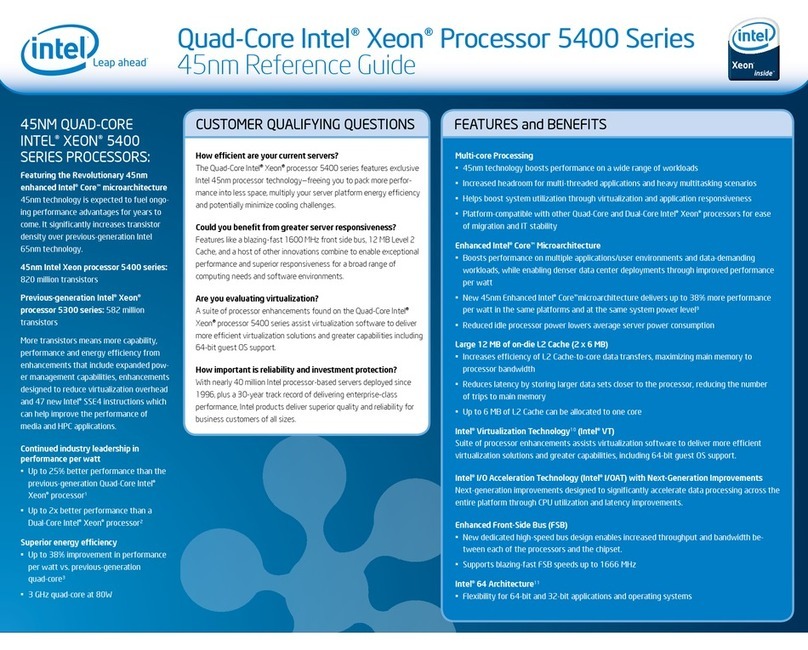
Intel
Intel 45NM - Phenom II X4 925 AM3 2.8GHZ 8MB 95W 4000MHZ... features and benefits

Acromag
Acromag BusWorks XT Series user manual

GDC
GDC SX-3000 installation manual
